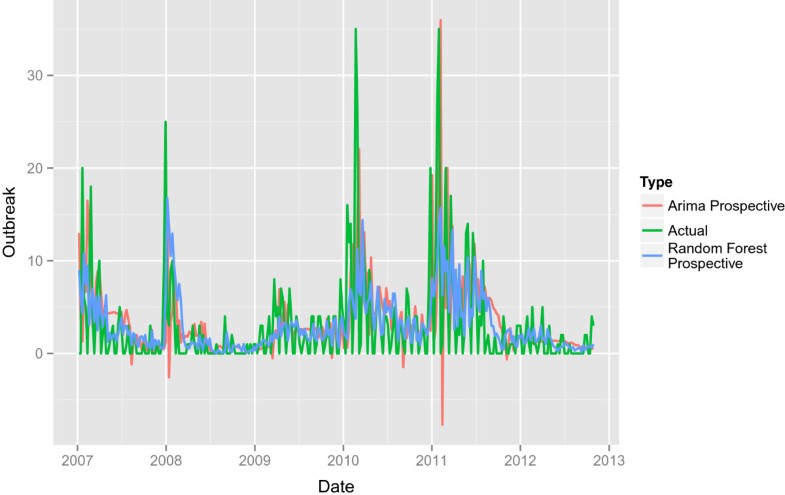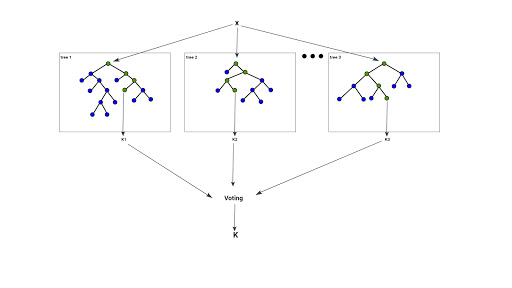


The initial wave of the epidemic devastated several nations, and many patients perished. During COVID-19, a first wave began in the spring, which receded significantly throughout the summer, and a second wave appeared in the fall of 2020. Someone can carry and spread the disease for up to 20 days even if they have no symptoms. Infected fluids sprayed on the skin, in the eyes, nose, or mouth, or on surfaces contaminated with them may result in transmission. Inhalation of these particles is more dangerous when people are closely packed together nevertheless, they can be inhaled further apart, especially indoors. At the same time, humans inhale contaminated air, including airborne droplets and particles that are smaller than 0.1 microns, and COVID-19 spreads. The disease has since spread to many other nations and healthcare systems worldwide. The first recorded case of SARS (severe acute respiratory syndrome) was identified in December of 2019 in Wuhan, China.

While still a public health concern, Coronavirus 19 (also known as COVID-19) is an infectious sickness that occurred by the severe acute respiratory syndrome coronavirus 2. The first recorded pandemic occurred in Athens during the Peloponnesian War in 430 BC, followed by the Antonine Plague in 165 A.D., in 250 A.D.-the Cyprian Plague, in 541 A.D.-the Justinian Plague, in the eleventh century-leprosy, in 1350-The Black Death, in 1492-The Columbian Exchange, in 1665-The Great Plague of London, in 1817-The First Cholera Pandemic, in 1855-The Third Plague Pandemic, in 1875-Fiji Measles Pandemic, in 1889-Russian Flu, in 1918-Spanish Flu, in 1957-Asian Flu, in 1981-HIV/AIDS, in 2003-SARS, and 2019-COVID-19. Throughout history, the world has confronted several major pandemic and epidemic problems.
RANDOM FOREST TIME SERIES SERIES
Out of different machine learning, deep learning, and time series models, Random Forest Regressor, Facebook Prophet, and Stacked LSTM outperformed to predict the best results for COVID-19 instances with the lowest root-mean-square and highest R 2 score values. The proposed methodology employs Random Forest Regressor, Decision Tree Regressor, K Nearest Regressor, Lasso Regression, Linear Regression, Bayesian Regression, Theilsen Regression, Kernel Ridge Regressor, RANSAC Regressor, XG Boost, Elastic Net Regressor, Facebook Prophet Model, Holt Model, Stacked Long Short-Term Memory, and Stacked Gated Recurrent Units to predict active COVID-19 confirmed, death, and recovered cases. The data are pre-processed and scaled using a MinMax scaler to extract and normalize the features to obtain an accurate prediction rate.

The country-wise Exploratory Data Analysis visually represents the active, recovered, closed, and death cases from March 2020 to May 2021. The confirmed, deceased, and recovered datasets from January 22, 2020, to May 29, 2021, of Novel COVID-19 cases were considered from the Kaggle COVID dataset repository. The experimental investigation of COVID-19 instances has been performed in ten countries, including India, the United States, Russia, Argentina, Brazil, Colombia, Italy, Turkey, Germany, and France using machine learning, deep learning, and time series models. In the paper, the authors investigated and predicted the future environmental circumstances of a COVID-19 to minimize its effects using artificial intelligence techniques.


 0 kommentar(er)
0 kommentar(er)
